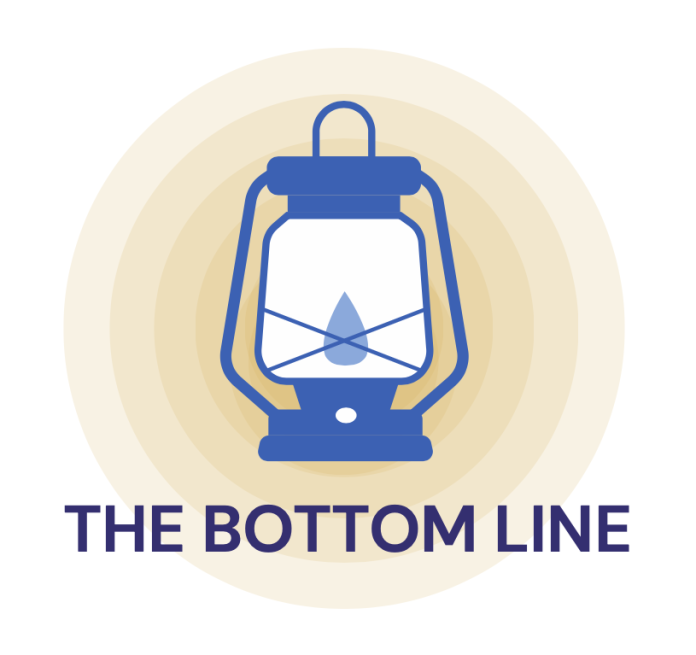Andy Knox
Arts & Entertainment Editor
Having been a writing tutor for half of my time at UC Santa Barbara (UCSB), I wanted to share my experience working on campus with my fellow students. Before applying for the job, I had never heard of Campus Learning Assistance Services (CLAS), but I was immediately interested in a position to help my peers with their writing. Throughout college, I developed my writing skills by studying philosophy and writing for The Bottom Line, and I’d gotten some experience teaching free after-school Chinese classes to American elementary school students. Tutoring people my own age was a new challenge that I was excited to undertake.
Having now tutored with CLAS for over six months, I can say that the tutoring itself is usually quite rewarding. When helping out a student, there’s a gratifying sense of progress as we go through what they’ve written so far and talk about what is good and what needs improvement. The most common method I use is having a student read their paper out loud, word for word, and pause periodically for us to discuss anything that needs adjustment. These process helps me learn how to stay engaged and alert while teaching, as without concentrating I might miss an important point that would otherwise go unnoticed.
Various motifs in tutoring range in difficulty, and the most awkward is getting familiar with the plagiarism rules. Of course, it is important that these rules be strictly followed, from both a personal and institution-wide ethics perspective. However, sticking to them can be admittedly aggravating.
Oftentimes, students’ wording mistakes are violations of a grammatical rule that you can point out to them. They’ll usually know how to fix it from there, especially English as a Second Language (ESL) students, who typically have a strong academic understanding of English grammar.
The real struggle comes when there is a word that conveys the literal meaning perfectly and is grammatically correct but just sounds weird. Beyond explaining how the words that they used are rarely collocated, there is not much we can do beyond advising them to research how to better word things more smoothly themselves — a tedious and inefficient process.
That’s what separates teaching language from teaching something like math; language is so arbitrary at times that the most effective way to teach people is to give them the answer directly, which we cannot do because it is plagiarism.
A rare but difficult situation is when a student just doesn’t seem to understand what you’re telling them. Sometimes, students seem so unconfident in their ability to write that they provide interpretations of your advice that have no logical progression. One time I asked a student what their thesis statement meant, and they responded, “Ah okay, so you think I should have a stronger thesis statement,” and simply wrote the word “stronger” in pen under their thesis statement. These occasional instances in which it feels like you just can’t get through to a student are the toughest.
Fortunately, most sessions end with students feeling confident that they know the next steps to improving their paper. Even brainstorming sessions can be massively productive. In single sub-30-minute sessions, I’ve had students come with nothing prepared and leave with a full thesis statement and structure for their paper.
Though I love helping my fellow students, one undeniable perk of the job is the amount of downtime. Speaking from my own experience and that of the coworkers I have shifts with, each tutor tends to help an average of about one student per two-hour shift — sometimes up to three, but often none. Why? Although over half of UCSB students use our services at least once per school year, most of the time our office isn’t that crowded. This is especially the case during winter and spring quarters, with first years getting more confident in their abilities over time. I spend most of my downtime working on school work with a decent amount of goofing off. This downtime has allowed me to be scheduled up to 8-10 hours per week despite having a number of other responsibilities.
Is that downtime fair to the students whose fees fund the program? In the end, I think it probably is. Each student pays around $10 per quarter for full access to our services, which they can access whenever they want. That’s drastically cheaper than most tutoring services. However, the students not using our services ought to come and get their money’s worth, especially outside of finals week and midterms, when we’re waiting for someone to come in and ask for help.











